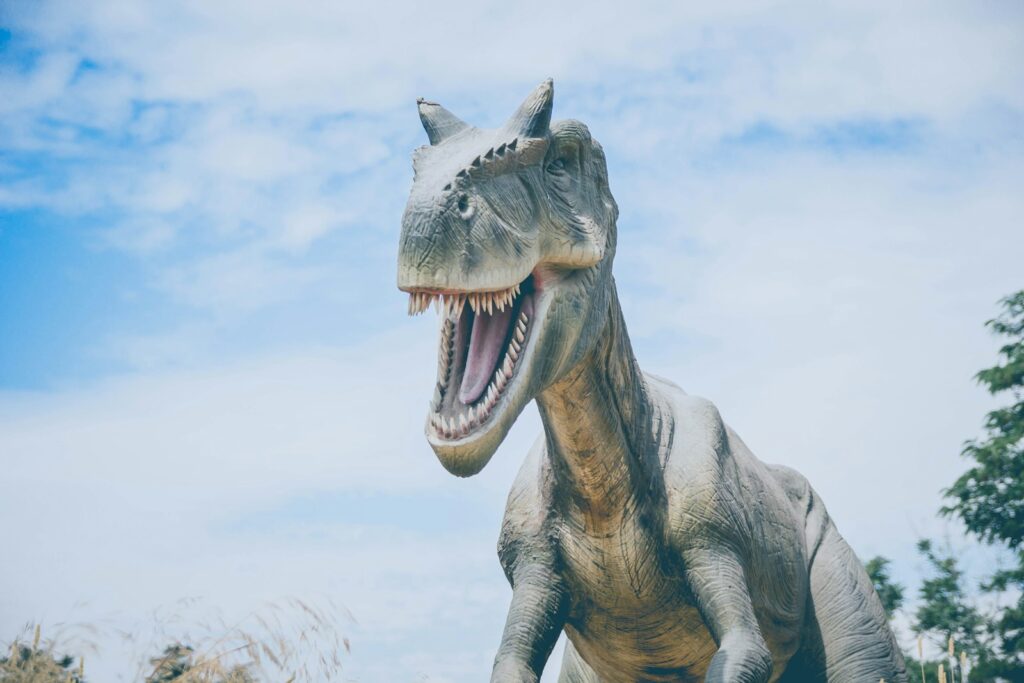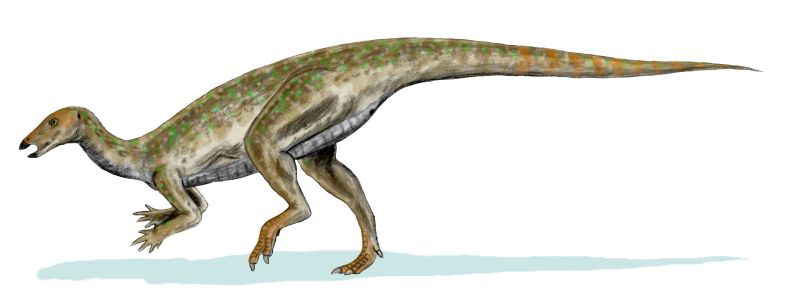For decades, popular culture has depicted dinosaurs with fearsome, exposed teeth—think of the snarling Tyrannosaurus rex in Jurassic Park, its massive teeth perpetually on display. But recent scientific research has sparked a fascinating debate that challenges this iconic image. Did dinosaurs actually have lips that covered their teeth, similar to modern reptiles? Or did they truly sport the permanently exposed dental arrays we’ve come to associate with them?
This question has divided paleontologists and captured the imagination of dinosaur enthusiasts worldwide. The answer affects not just how we visualize these prehistoric creatures but also provides important insights into their biology, behavior, and evolution.
The Traditional “Lipless” Dinosaur Image
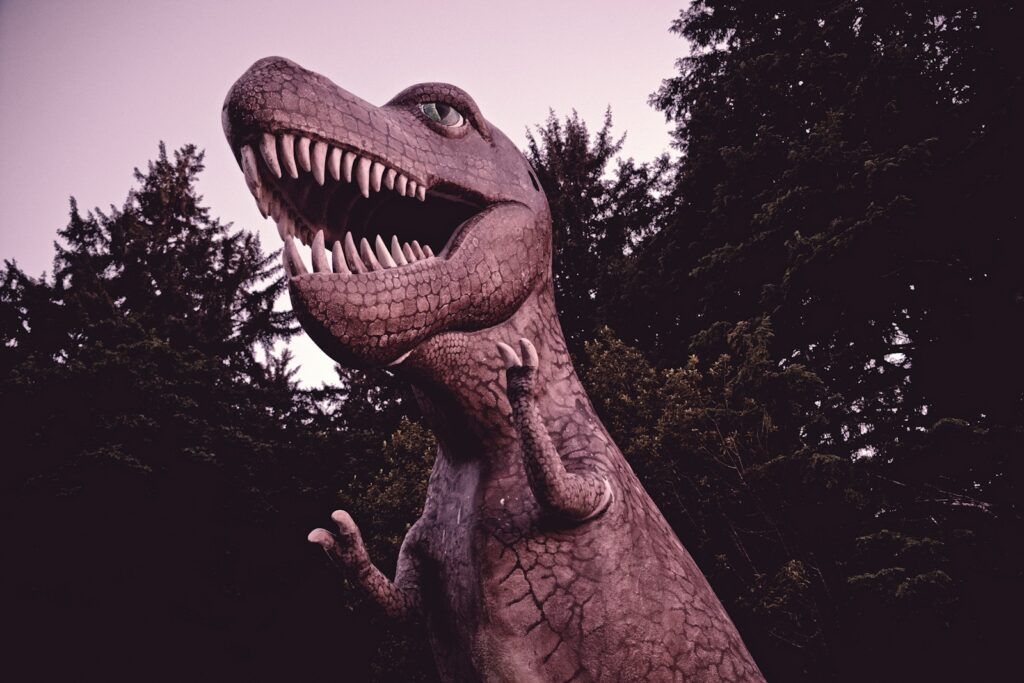
The popular conception of dinosaurs with permanently exposed teeth has dominated for generations, deeply embedded in museums, films, and children’s books worldwide. This portrayal emerged largely from early paleontological interpretations that drew parallels between dinosaurs and modern crocodilians, which do indeed have teeth visible even when their mouths are closed.
The iconic “Jurassic Park” franchise further cemented this image in public consciousness, with its terrifying Velociraptors and T. rex sporting permanently visible teeth. Early museum reconstructions followed similar assumptions, creating a feedback loop where scientific illustrations informed popular media, which in turn influenced how scientists envisioned dinosaurs. This self-reinforcing cycle persisted for decades before being seriously questioned by researchers examining the evidence more closely.
Understanding Lips in Modern Animals

To properly frame the dinosaur lip debate, we must first understand what “lips” actually are in zoological terms. Unlike human lips, reptilian lips (more accurately called “labial scales”) are typically thin, scaly coverings that protect the teeth and oral cavity. In most modern reptiles, these structures cover the teeth when the mouth is closed, helping prevent dehydration of dental tissues.
Crocodilians represent a notable exception, with their semi-aquatic lifestyle supporting exposed teeth. Monitor lizards and komodo dragons, despite being formidable predators, have lips that cover their teeth completely when their mouths are closed. Mammals present another variation, with muscular, fleshy lips that serve multiple functions including food manipulation, communication, and in some cases, thermoregulation. Understanding these variations in contemporary animals provides crucial context for evaluating what dinosaurs might have possessed.
The Scientific Evidence for Dinosaur Lips

Recent research supporting the “lipped dinosaur” hypothesis draws on multiple lines of evidence. Perhaps most compelling are dental anatomy studies showing that dinosaur teeth lack the specialized enamel found in crocodilians that prevents their exposed teeth from drying out. Microscopic analysis of preserved dinosaur teeth indicates they would have required some covering to maintain hydration and prevent cracking—similar to modern lizards rather than crocodiles.
Skull anatomy also provides clues, with many dinosaur species showing no specialized adaptations for keeping exposed teeth hydrated. Fossil evidence of neurovascular channels in dinosaur jaw bones suggests a rich blood supply to soft tissues around the mouth, consistent with the presence of lips.
Computer modeling of jaw biomechanics further indicates that lips would have offered functional advantages for many dinosaur species, particularly in terms of oral hygiene and feeding efficiency.
The Case for Exposed Teeth

Despite growing evidence for lipped dinosaurs, the exposed-teeth hypothesis maintains significant scientific support. Proponents point to certain theropod dinosaurs whose large teeth might have been too big to be practically covered by lips, particularly in species like Tyrannosaurus rex. Some fossil specimens show wear patterns on teeth that could be consistent with constant exposure to the elements rather than being covered by protective tissue.
The crocodilian comparison remains compelling to some researchers, who note that crocodilians and dinosaurs share a common archosaur ancestry, possibly suggesting similar oral adaptations. Some paleontologists argue that certain dinosaur skull anatomies show insufficient space between the jaw margin and the tooth row to accommodate substantial lip structures.
Additionally, specific predatory advantages of exposed teeth, such as intimidation displays and accessibility for “slash and tear” hunting techniques, are cited as functional reasons why some dinosaurs might have evolved this feature.
Paleontological Detective Work: Studying Fossil Evidence

The challenge of determining soft tissue structures in extinct animals requires sophisticated detective work from paleontologists. Researchers examine microscopic features of fossil jawbones to identify attachment points where soft tissues like lips might have connected. The distribution of foramina—tiny holes where blood vessels and nerves once passed—can indicate the presence of sensitive, well-supplied soft tissues around the mouth.
Comparative studies with living reptiles help establish correlations between bone structures and soft tissue arrangements. Some exceptionally preserved fossils show impressions of soft tissues, though such finds are exceedingly rare for mouth parts.
Advanced imaging techniques, including CT scans and synchrotron radiation analysis allow scientists to peer inside fossils to reveal hidden structures and growth patterns that might correlate with particular soft tissue arrangements. This multidisciplinary approach combining anatomy, histology, and comparative biology represents the cutting edge of paleontological reconstruction.
The Revolutionary 2023 Study
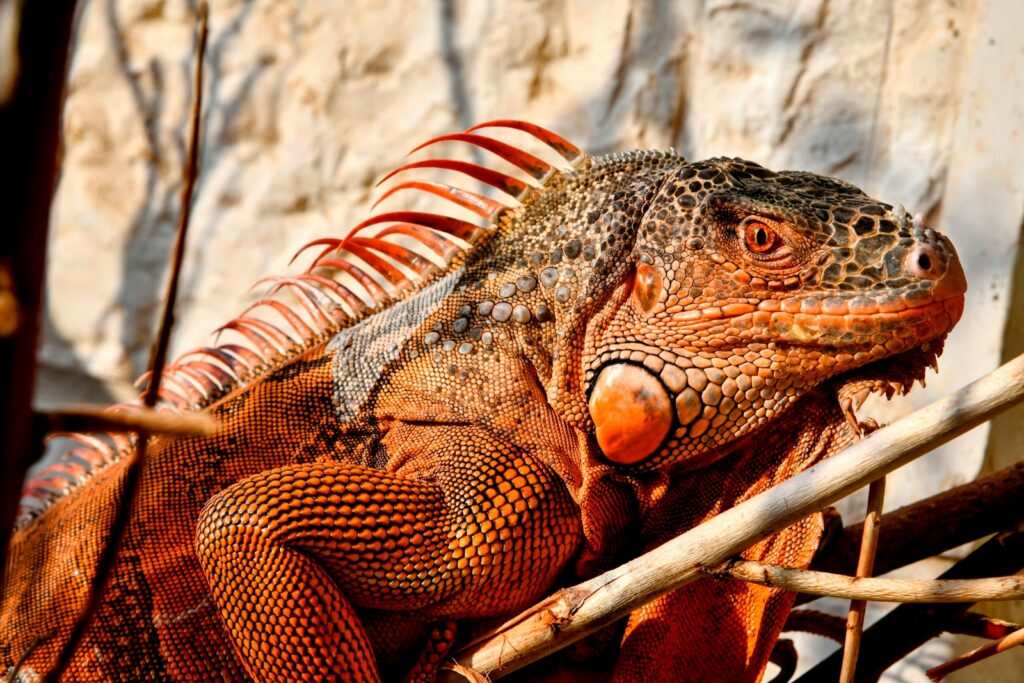
In 2023, a groundbreaking study published in the journal Science dramatically shifted the debate toward the lipped dinosaur hypothesis. The research team, led by Dr. Thomas Cullen and Dr. Mark Witton, conducted an extensive analysis of dental wear patterns and jaw anatomy across numerous dinosaur species and their modern relatives. Their findings revealed that theropod dinosaurs, including T. rex, had enamel distributions and wear patterns more similar to modern lizards than to crocodilians.
The study employed advanced statistical methods to quantify tooth exposure in living animals and apply those findings to dinosaur specimens. Using these comparative metrics, the researchers demonstrated that dinosaur teeth lacked adaptations for constant exposure to air. The paper sparked immediate scientific discussion, with many prominent paleontologists considering it compelling evidence that most dinosaurs, even large predatory species, likely had lips covering their teeth when their mouths were closed.
Ecological and Biological Implications

The question of dinosaur lips extends far beyond mere appearance, touching on important aspects of dinosaur biology and ecology. Lips would have played crucial roles in maintaining dental health by preventing dehydration of tooth tissues and possibly assisting in cleaning debris from between teeth.
This has implications for understanding dinosaur feeding behaviors, as lips contribute to how animals manipulate food items and process them before swallowing. The presence or absence of lips would affect thermoregulation around the sensitive oral region, particularly important for animals living in varied climates during the Mesozoic Era.
For predatory dinosaurs, lip configuration would influence hunting techniques, potentially affecting how they delivered killing bites to prey. Additionally, lips might have served social signaling functions, possibly playing roles in species recognition, threat displays, or even courtship behaviors among some dinosaur species.
Different Lips for Different Dinosaurs?

The dinosaur clade encompasses tremendous diversity, spanning over 165 million years and including animals with radically different lifestyles and adaptations. Consequently, a one-size-fits-all approach to dinosaur lips is likely inappropriate. Herbivorous dinosaurs, with their specialized dentition for processing plant material, may have had different labial adaptations than carnivorous species.
Aquatic or semi-aquatic dinosaurs might have developed lip structures different from terrestrial species, potentially with adaptations similar to modern crocodilians. Dinosaurs inhabiting arid environments might have evolved more substantial lips to protect against dental desiccation, while those in humid regions might have had less need for such protective structures.
Some researchers propose that lip morphology likely evolved multiple times across dinosaur lineages in response to specific ecological pressures. Size differences might also have influenced lip structure, with larger species potentially having proportionally different soft tissue arrangements than smaller relatives.
How Scientific Debates Progress
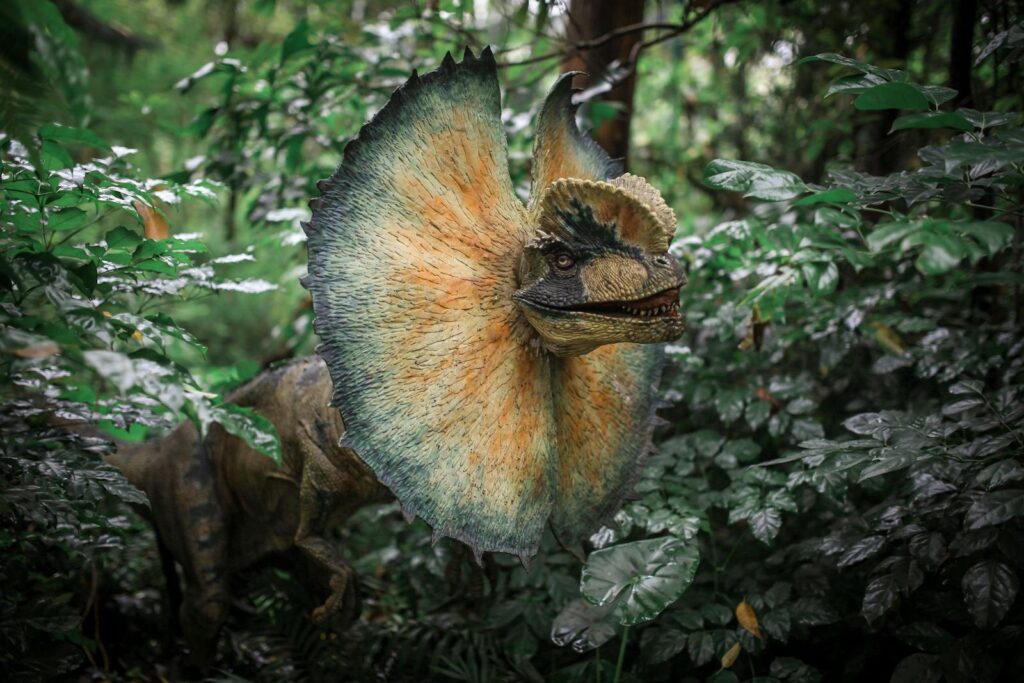
The dinosaur lip controversy exemplifies how scientific understanding evolves through healthy academic debate and new evidence. Initially, the lipless dinosaur concept became established largely through tradition and the influence of early reconstructions rather than through rigorous testing of hypotheses. As paleontological methods grew more sophisticated, researchers began questioning these assumptions and proposing alternative reconstructions based on comparative anatomy and evolutionary relationships.
The debate progressed through peer-reviewed publications, where competing teams presented evidence supporting their interpretations and critiquing opposing views. Conference presentations allowed for direct exchanges between scientists with different perspectives, helping refine arguments on both sides.
New technological approaches, from advanced microscopy to computer modeling, provided fresh evidence that sometimes supported and sometimes challenged existing theories. This process of hypothesis testing, evidence gathering, and scientific scrutiny represents science at its best—self-correcting and progressively approaching more accurate understandings.
Impact on Popular Representations
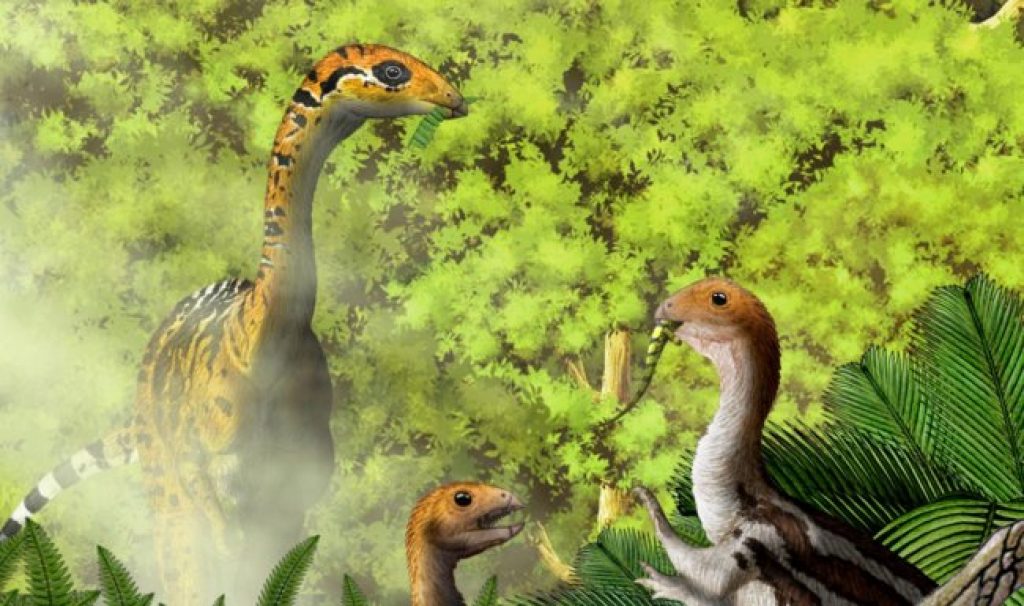
The shifting scientific consensus on dinosaur lips has begun influencing how these creatures are portrayed in museums, documentaries, and entertainment media. Major natural history museums worldwide have started updating their dinosaur displays to reflect more current understanding, though this process happens gradually due to the expense of creating new models and exhibits.
Scientific documentaries have embraced the lipless dinosaur concept more quickly, with series like PBS’s “Nova” and BBC’s “Prehistoric Planet” featuring dinosaurs with covered teeth in their reconstructions. Hollywood remains somewhat more resistant to change, as iconic depictions like those in the Jurassic Park/World franchise have become culturally embedded.
Some paleoartists have become vocal advocates for scientifically accurate dinosaur representations, creating striking illustrations that challenge traditional imagery while still presenting dinosaurs as compelling and dynamic creatures. Educational materials for children are increasingly incorporating updated dinosaur imagery, ensuring that younger generations grow up with more accurate conceptions of these fascinating animals.
The Role of Computer Modeling
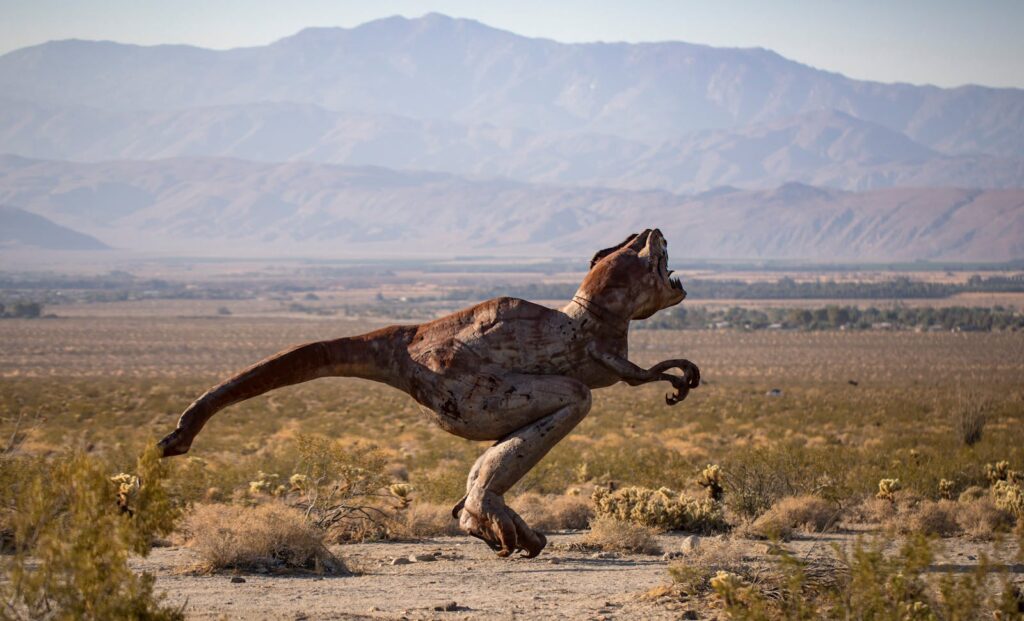
Advanced computational techniques have become essential tools in the dinosaur lip debate, allowing researchers to test functional hypotheses that would otherwise remain speculative. Biomechanical models help scientists understand how different lip configurations would affect bite forces and feeding mechanics in various dinosaur species.
Fluid dynamics simulations can reveal how the presence or absence of lips might influence airflow during respiration, potentially affecting thermoregulation around sensitive dental tissues. Three-dimensional reconstructions based on detailed CT scans of fossils allow researchers to visualize how soft tissues might have arranged themselves around the underlying bone structure.
Some studies employ machine learning algorithms to identify patterns in jaw morphology across diverse animal lineages and predict soft tissue arrangements in extinct species. These computational approaches complement traditional paleontological methods by providing quantitative assessments of competing hypotheses and helping scientists visualize anatomical configurations that can no longer be directly observed in living animals.
Future Research Directions

The dinosaur lip debate continues to evolve, with several promising research avenues likely to yield new insights in the coming years. More comprehensive sampling across dinosaur lineages will help determine whether lip presence was a universal trait or varied among different groups. Advanced geochemical analyses of fossil teeth may reveal wear patterns and mineral compositions that could indicate whether teeth were exposed or covered during life.
Integration of developmental biology with paleontology might illuminate how the genetic mechanisms controlling lip formation in modern reptiles might have operated in their dinosaur relatives. New fossil discoveries, particularly from sites with exceptional preservation conditions, could potentially reveal direct evidence of soft tissue impressions around dinosaur jaws.
Refinement of computer modeling techniques will allow for more sophisticated testing of functional hypotheses related to feeding, thermoregulation, and other biological aspects influenced by lip morphology. These diverse approaches, often conducted by interdisciplinary teams, promise to further clarify this fascinating aspect of dinosaur anatomy in the years ahead.
Conclusion: Reframing Our Image of Dinosaurs

The debate over dinosaur lips illustrates how scientific understanding continually refines our vision of prehistoric life. While the evidence increasingly supports the presence of lips in most dinosaurs, the conversation remains active and nuanced among paleontologists. This discussion reminds us that reconstructing extinct animals requires both rigorous scientific methodology and creative interpretation of limited evidence.
As our understanding evolves, so too must our cultural representations of these iconic creatures. Whether future evidence ultimately favors lipped dinosaurs, exposed teeth, or—most likely—a complex mixture depending on species and ecology, the investigation itself showcases science at its most engaging: questioning established views, gathering evidence, and gradually building more accurate pictures of the past. For dinosaur enthusiasts, this ongoing refinement doesn’t diminish the appeal of these magnificent animals—it only deepens our appreciation for their remarkable diversity and evolutionary success.

